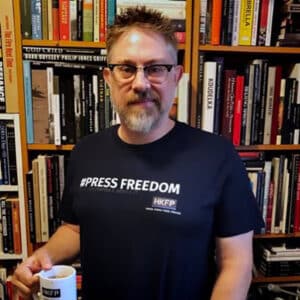Photographer Devin Allen grew up in West Baltimore in the 1980s during the height of the AIDS and crack epidemics, a time of mass incarcerations. In his childhood, his family tried to shield him from the reality of what was going on around him. The s...



